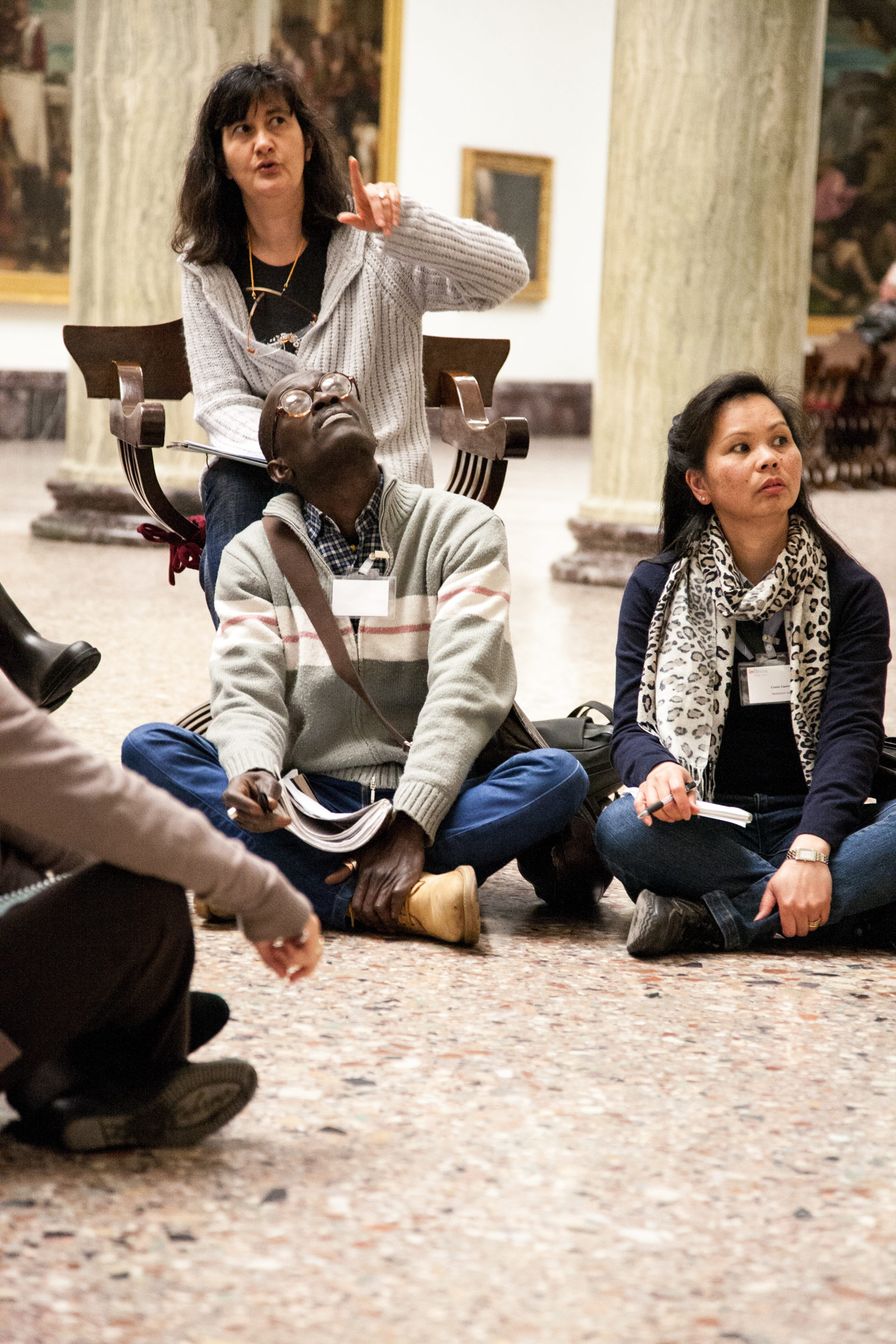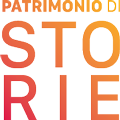Project Description
BRERA: ANOTHER STORY
INTERCULTURAL TRAILS IN THE MUSEUM
Pinacoteca di Brera, Milan, 2012-2014
The museum is a treasure chest full of stories. The stories of the artworks, of the patrons who commissioned them, of the artists who created them. But also the stories of the people who look at them, who are moved by them, who are eager to ask them questions.
Emanuela Daffra, art historian and museum curator
“Brera: another story”, a project curated by Emanuela Daffra and Paola Strada (Pinacoteca di Brera Education Services) together with Simona Bodo, Silvia Mascheroni and Maria Grazia Panigada, is underpinned by this belief. Its main goal is to trigger new insights into the closer, more intense relationship which may be forged between artworks and individuals, thereby dispelling the elitist aura still surrounding many museums.
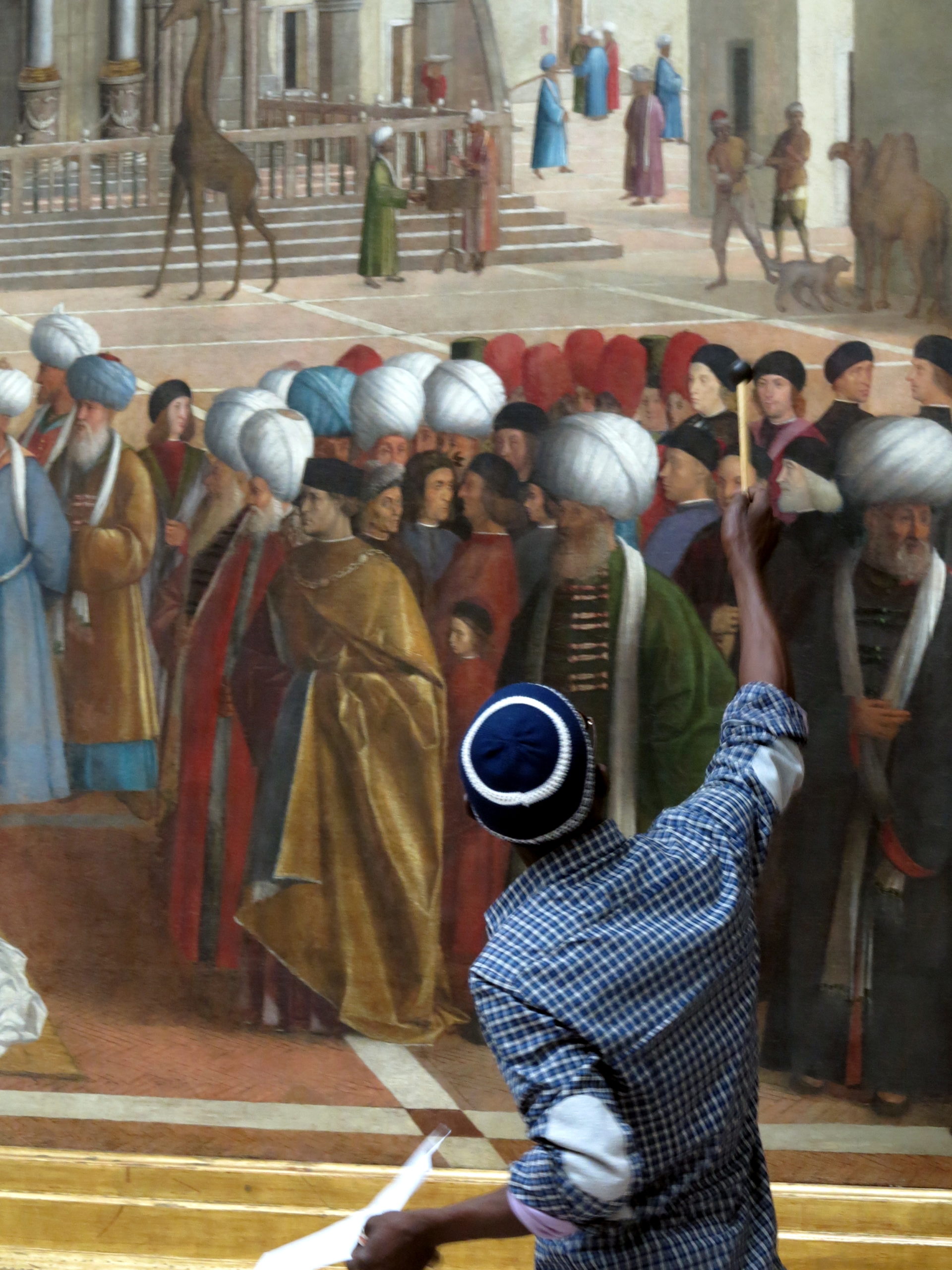
Photo by Erminia Sciacchitano
The key players of “Brera: another story” are eight museum mediators coming from Bosnia, Brazil, Egypt, Philippines, Italy, Peru, Senegal and Hungary. Their diverse backgrounds, knowledge systems, storytelling skills and personal insights provided new keys to the interpretation of Brera collections – always in a close “conversation” with museum curators –, adding to the complexity and richness of meanings “hidden” in each work of art, and waiting to be unveiled.
The cultural and social relevance of the project lies in the promotion of different levels of accessibility, by fostering a new familiarity between the museum and “new citizens”, by encouraging the participation of Italian non-visitors (with particular reference to youths), by promoting in regular museum-goers new ways of looking at the collections, and ultimately by going beyond policies targeting individuals and groups according to their origin and ethnicity.
The resulting intercultural trails, revolving around 23 artworks from Brera collections, were guided by mediators both individually (focussing on the artworks selected by each one of them) and in groups (i.e. organised around key thematic strands with a highly evocative and intercultural potential: “Important moments in life”, “An encounter”, “Places”, “Heaven and earth”, “From mother to son”, “Different perspectives on Saint Mark’s preaching in Alexandria, by Gentile and Giovanni Bellini”).
Each trail, free of charge, was open to a maximum of 12-15 participants, so as to facilitate personal interaction between visitors and museum mediators.
The integral texts of all stories are published in S. Bodo, S. Mascheroni, M. G. Panigada (eds.), Un patrimonio di storie. La narrazione nei musei, una risorsa per la cittadinanza culturale (Mimesis Edizioni, 2016).
Watch the trailer of “Brera: another story” (Pinacoteca di Brera; a Storyville production)
Watch the documentary “Brera: another storia” (Pinacoteca di Brera; a Storyville production)
Extracts
The Magi set out to find a faraway village in an unknown country, only guided by a star. Possibly they were rich, surely not too poor, otherwise where did they get the gold, frankincense and myrrh they carried as gifts? We know they most likely came from the East, a land rich in wealth and wisdom. A miracle which was not repeated in Kivu, on Nuba mountains, in Palestine, Israel, Iraq, Syria, Casamance or somewhere else.
The young men arrived from faraway lands with tanks, explosives and sophisticated guns, which made them so arrogant in exporting democracy, suddenly realise that all their gifts are worth nothing. They lay them down in front of a child. A child too little to understand, and yet, with his touching, living presence, he represents all that matters in life: HOPE.
Feet as a poetic figure of speech.
Feet are needed to walk and support, not only physically. They allow us to see other worlds, they lead us to interact with other people.
Feet sustain us throughout life. They open up new paths, and paths are traced by walking.Christ’s feet tell us everything about his life, while at the same time revealing the violence of those who stopped his journey.
Finally, I set my gaze upon the mosque!
It is a magnificent temple: complex, chaotic, and yet steady, well-proportioned. The domes and arches remind me of the Saint Mark’s Basilica in Venice.
The resemblance between the two temples is striking. They both embody crossroads of people, goods and cultures.
One is real, the other imaginary – arising from memories, or perhaps the desire to live in a city where different cultural components interweave: not only the marble pillars, the capitals, the double-arched windows and triforas, the arches, the domes and buttresses, the Catholic and Islamic symbols, the majolicas, the gilded walls… but also human beings.The result is no longer an imaginary place, an architecture belonging to the past, but to the future.
A place where different cultural expressions find space and, together, give rise to an unexpected harmony.
Years passed by and I came back to Brera once again, and once again in front of him.
I looked at his face, that part in the shadow I never wanted to dwell upon. Jesus’ face is ashen, the cheeks are hollow, and his eyes … no, they are not staring at the empty space: I was a child then, and I couldn’t understand. He is looking at his Father. He is afraid, he knows it will hurt so much. His body is a human body, frail and vulnerable to pain. While Jesus is whispering His name, his eyes are into the eyes of the Father, his will is the will of the Father. Soon he will be flogged, his beautiful body will be tortured, his face disfigured.
Jesus will face the ordeal, screaming with pain.
But now I know I can accept this, I learned to accept this by crying, screaming, facing the fear and loss. Not only light, but shadow, both part of life.
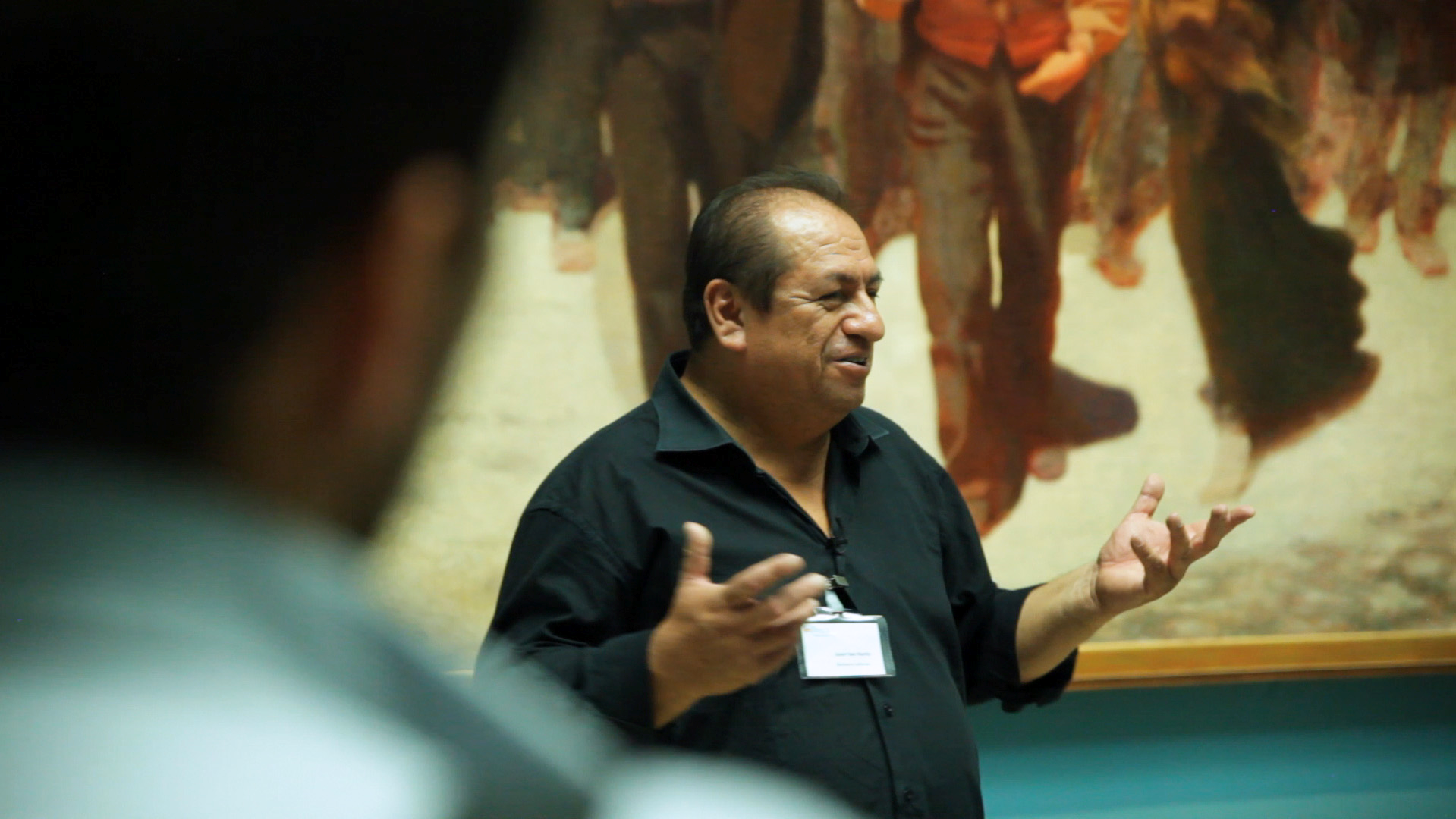
Archive photo
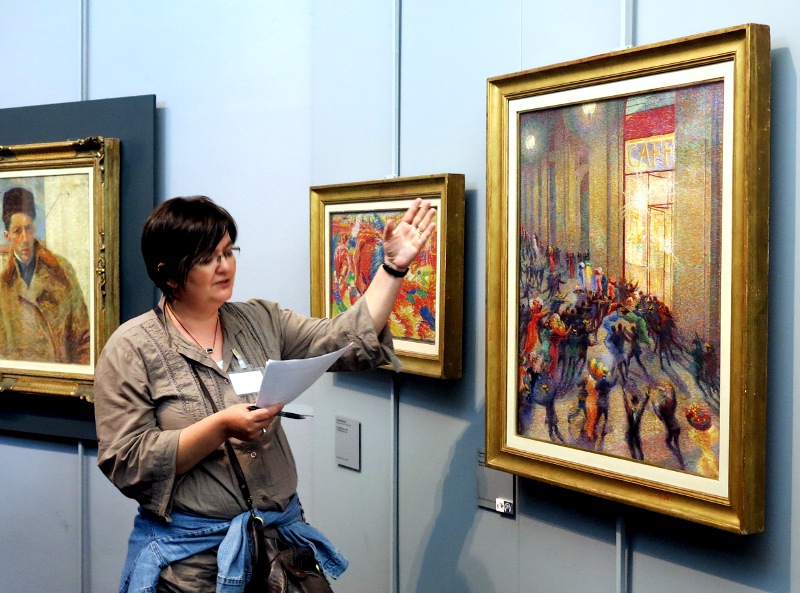
Photo by Erminia Sciacchitano
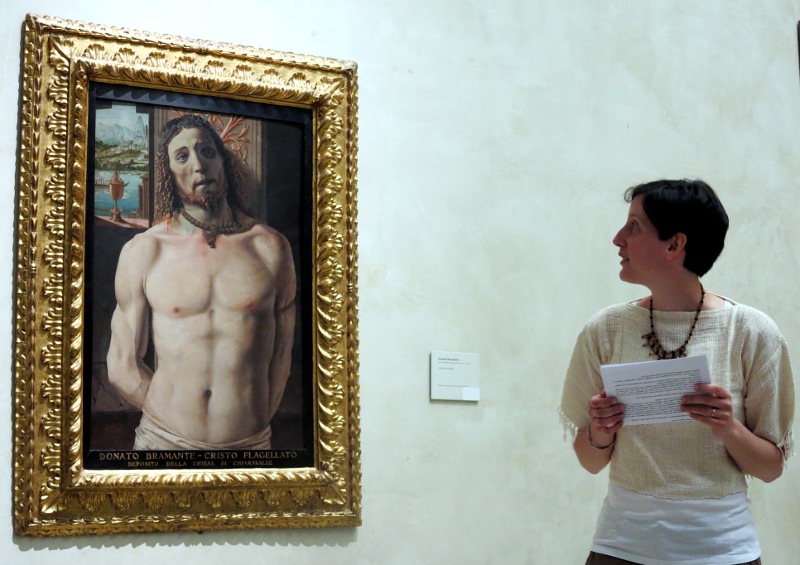
Photo by Erminia Sciacchitano
